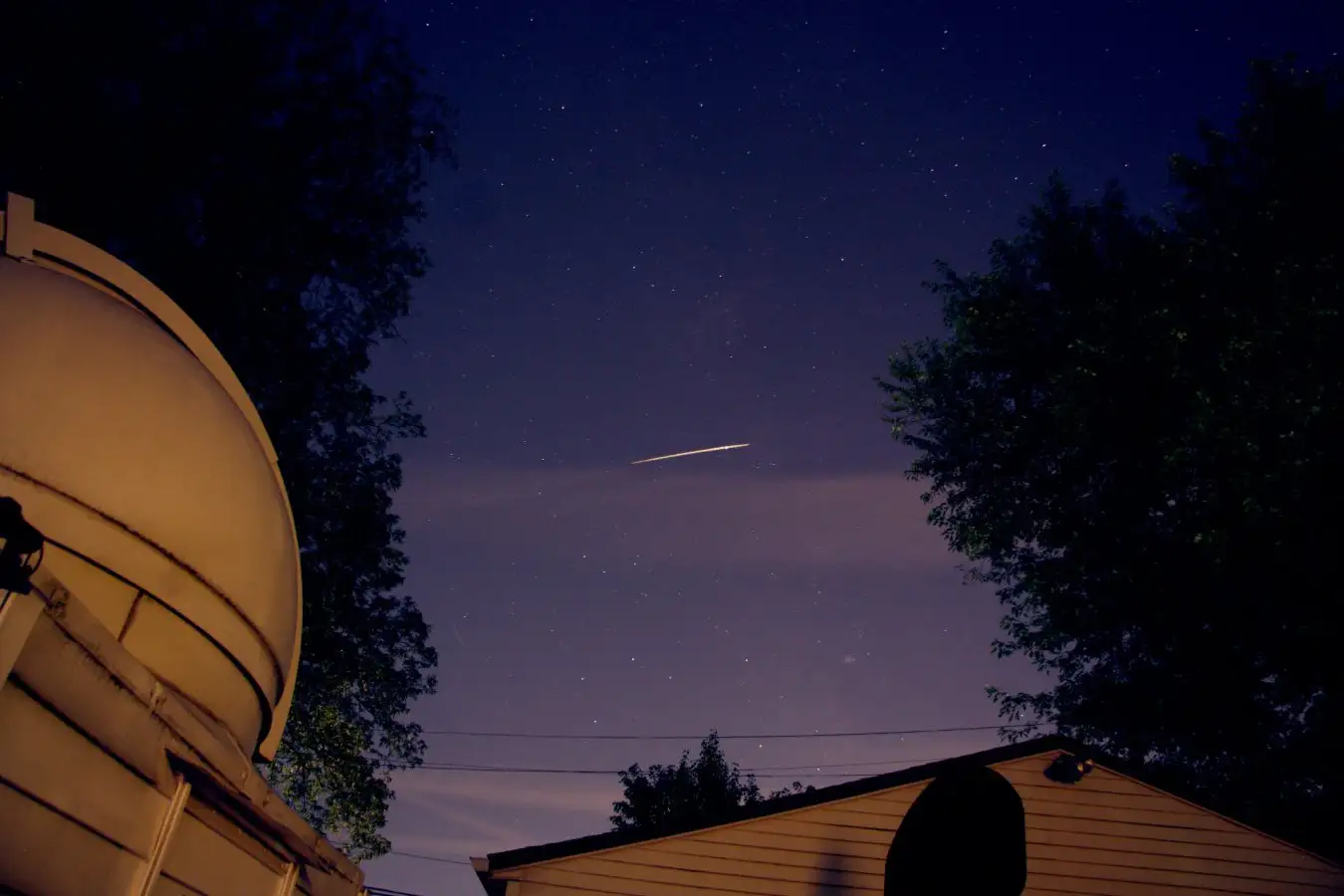
How to spot the Delta Aquariids meteor shower this month
How did your country report this? Share your view in the comments.
Diverging Reports Breakdown
How to spot the Delta Aquariids meteor shower this month
The Delta Aquariids meteor shower is caused by the comet 96P/Machholz, a short-period comet that orbits the sun roughly every five years. It is a moderate meteor shower, meaning that you might expect to see up to 20 meteors per hour on a clear, dark night. This year, the moon’s phases are timed perfectly for a new moon on 24 July, so any day until the first quarter on 31 July will be a good time to have a go. If you are watching towards the end of July or into August, you might also start to spot some of the Perseid meteor shower. This is usually an impressive meteor shower that peaks around 12 August.
One of my favourite ways to stargaze is to spend a few hours with friends chatting and watching the stars move, waiting for flashes of meteors to zip by. Summer in the northern hemisphere is perfect for this kind of evening – especially as two meteor showers are about to reach their peak.
Meteors are flashes of light mostly created by tiny bits of dust burning up on their way to Earth. Occasionally, a larger rock will break apart as it enters the planet’s atmosphere, and any pieces of it that make their way to the ground become meteorites. As Earth travels around the sun, it passes clouds of rocks and dust left behind by comets and asteroids around the same time each year. This transit period is when we see meteor showers.
The Delta Aquariids meteor shower is caused by the comet 96P/Machholz, a short-period comet that orbits the sun roughly every five years. It was discovered in 1986, and last made its closest approach to the sun – when it is at its most visible – in 2023. Its next closest approach will be in 2028.
It is a moderate meteor shower, meaning that you might expect to see up to 20 meteors per hour on a clear, dark night. This will peak on 30 July, but the Delta Aquariids shower (pictured) tends to be more gradual than others, going on from mid-July to mid-August. This makes it less important that you view it on the peak evening compared with other meteor showers.
The Delta Aquariids is usually more impressive when it is viewed from the southern hemisphere, but the meteors can be seen around the world.
The best bet for spotting them is to find a night with little to no moonlight around the end of July. This year, the moon’s phases are timed perfectly for a new moon on 24 July, meaning that any day until the first quarter on 31 July will be a good time to have a go.
To view the meteor shower, just find a comfortable spot as far away from light pollution as you can manage. Make sure you stay warm as you let your eyes adjust to the darkness for at least 40 minutes, and then just look up. The Delta Aquariids appear to come from the constellation of Aquarius, which is from where they derive their name, but they will travel across the sky in all directions.
If you are watching towards the end of July or into August, you might also start to spot some of the Perseid meteor shower. This is usually an impressive meteor shower that peaks around 12 August. This year, the Perseid shower will peak on the evening of 12-13 August, so try to look after midnight on that overnight stretch if you can.
So, round up some friends, grab some comfortable blankets and hot-water bottles and get together towards the end of July or beginning of August, and see how many meteors you can spot. I will certainly be doing so.
Abigail Beall is a features editor at New Scientist and author of The Art of Urban Astronomy. Follow her @abbybeall
For other projects visit newscientist.com/maker
